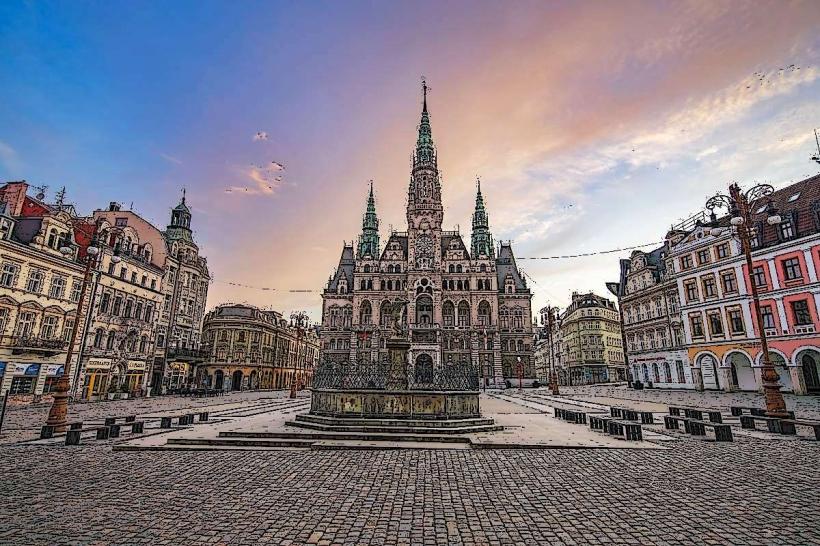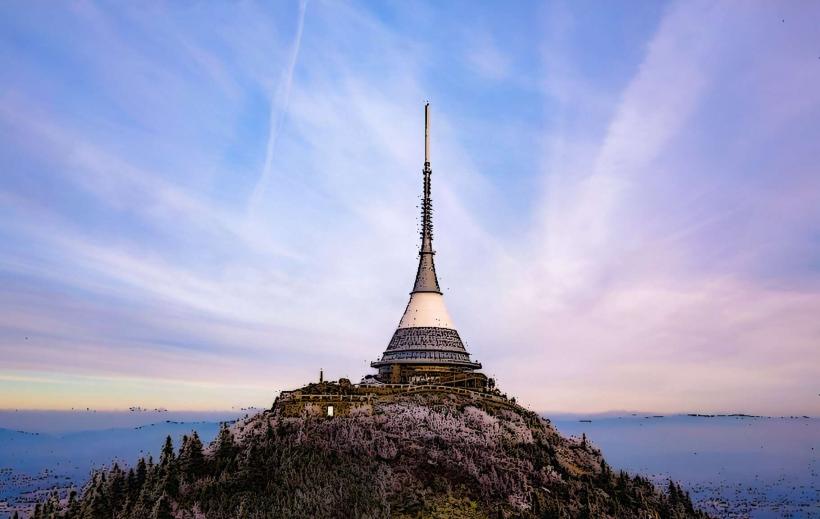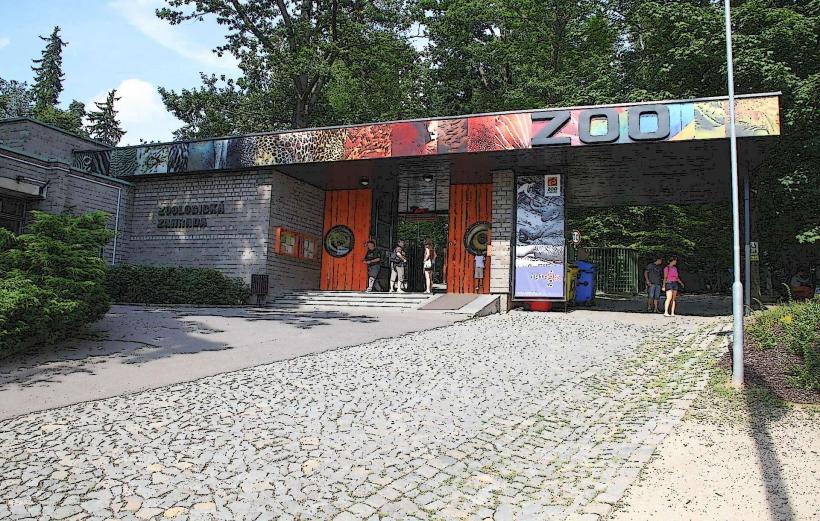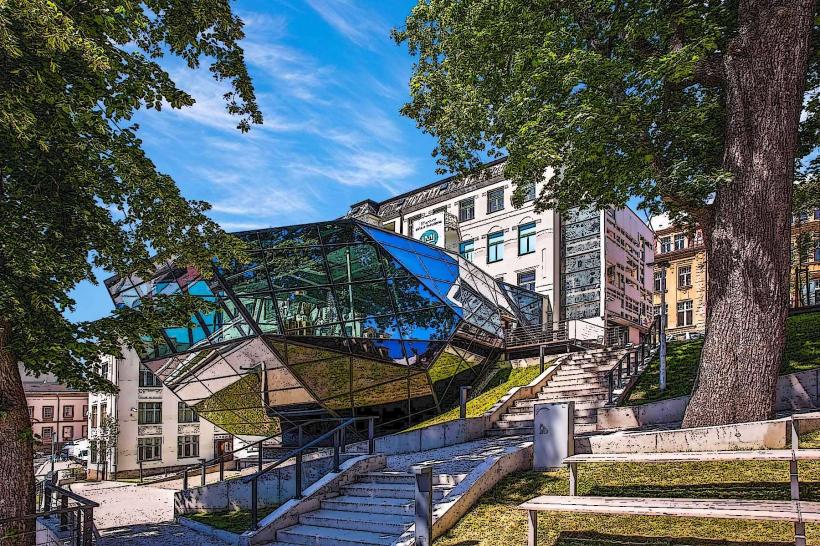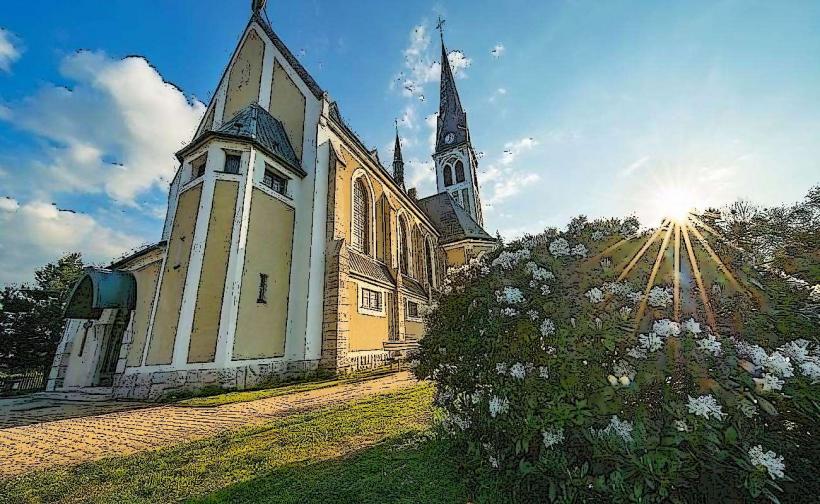Information
City: LiberecCountry: Czech Republic
Continent: Europe
Liberec – Overview without Landmarks
Liberec is a city located in the northern part of the Czech Republic, near the borders with Poland and Germany. It is the capital of the Liberec Region and is known for its rich industrial history, picturesque surroundings, and vibrant cultural scene. The city is located in the foothills of the Jizera Mountains and Krkonoš Mountains, making it a popular destination for outdoor enthusiasts.
Geography and Location
Liberec is situated along the Nisa River in the Bohemian-Moravian Highlands, at the foothills of the Jizera Mountains to the west and the Krkonoš Mountains (Czech Krkonoš National Park) to the north. The city enjoys a unique location at the crossroads of Czech Republic, Poland, and Germany, making it an important regional hub for commerce and tourism. The surrounding natural environment offers residents and visitors ample opportunities for hiking, skiing, and other outdoor activities.
History
Liberec’s history dates back to the 13th century. Initially founded as a settlement and later granted town status, it rose to prominence due to its strategic location and its role in the textile industry. Over the centuries, Liberec evolved from a small medieval town into an important industrial and cultural center.
Early History: Liberec was first mentioned in 1352 as a small settlement. The area’s location at the crossroads of trade routes made it an attractive place for settlement. In the 14th century, Liberec became part of the Kingdom of Bohemia, and its role as a commercial and administrative center grew.
Industrialization: In the 19th century, Liberec’s economy boomed with the growth of the textile industry, and it became one of the most important textile centers in the Czech lands. The development of the textile industry led to rapid urbanization and the construction of industrial facilities, mills, and residential areas for workers.
20th Century: Liberec became an important center of Czechoslovak industry in the 20th century. It played a significant role during both World Wars and was heavily influenced by the political and economic shifts that occurred in the region, particularly the post-World War II changes. The city was significantly affected by the expulsion of the German-speaking population after the war. During the communist period, Liberec continued to be a major industrial center, especially in textiles and mechanical engineering.
Post-Communist Era: Following the Velvet Revolution of 1989, Liberec, like much of the country, underwent significant political, economic, and cultural changes. The city embraced a more diversified economy, with a focus on services, tourism, and technology. Today, Liberec has developed into a modern city with a mix of historical charm and modern amenities.
Culture and Heritage
Liberec is known for its cultural vibrancy and its active artistic community. The city boasts a variety of theaters, galleries, and festivals that highlight its history and contemporary life.
Theater and Music: Liberec is home to several theaters, including the North Bohemian Theatre and the Liberation Theatre. The city’s cultural scene is complemented by a variety of musical events, including classical music, jazz festivals, and folk performances. The Liberec Symphonic Orchestra is a key institution in the city’s classical music scene.
Festivals: Liberec hosts numerous cultural festivals throughout the year, including the Liberec International Film Festival and the Liberec City Festival, which feature a mix of film screenings, performances, and street events celebrating the city’s artistic diversity. The Jazz Fest Liberec brings top jazz musicians to the city every year.
Museums and Galleries: The city has a number of museums and galleries that reflect its industrial and cultural heritage. The North Bohemian Museum offers exhibits on regional history, art, and industry, while the Liberec City Museum provides insights into the city’s past. The Regional Art Gallery and the FX Šalda Theatre showcase the city’s contemporary art and cultural scene.
Architecture
Liberec features a mix of architectural styles, ranging from medieval buildings to industrial-era structures, and modernist designs that reflect the city’s history as an industrial center and its evolution in the 20th century.
Historical Architecture: The historic center of Liberec is home to a variety of architectural landmarks, such as the Town Hall, which is an excellent example of neo-Renaissance architecture, and the Church of St. Anthony of Padua, a notable religious structure. The Liberec Castle, though significantly altered, also provides a glimpse into the city’s medieval past.
Modernist Architecture: Liberec is known for its modernist architecture, especially the work of architectes like Josef Gočár. The Hotel Imperial, a classic example of functionalism from the early 20th century, and the Liberec Observatory, which remains an important landmark, highlight the city’s embrace of modern architectural movements.
Industrial Heritage: Liberec’s industrial heritage is also reflected in its architecture. The city’s textile factories, museums, and factory buildings from the 19th and 20th centuries are preserved and contribute to the historical texture of the urban landscape.
Economy
Liberec has transitioned from an industrial hub, primarily known for its textile industry, to a more diversified economy based on technology, services, and tourism.
Industry: The city continues to have a strong industrial base, particularly in the fields of mechanical engineering, electronics, and textile production, although it no longer dominates the city’s economy as it once did. Today, companies in these sectors focus on high-tech manufacturing and innovation.
Services: The service sector, including retail, finance, and education, is an important part of Liberec’s economy. The city is home to several universities and colleges, which contribute to the local economy, along with growing sectors like tourism and information technology.
Tourism: With its stunning natural surroundings and historical sites, tourism has become an increasingly important sector for the city. Outdoor activities, including skiing in the nearby mountains, hiking, and cycling, attract visitors year-round. The city also boasts a variety of festivals and cultural events, which help promote Liberec as a vibrant tourist destination.
Education and Research
Liberec is a major center of education and research in the Czech Republic, particularly in the fields of engineering, technology, and natural sciences.
Universities: The Technical University of Liberec is a key institution, offering a wide range of programs, particularly in engineering, textile design, and natural sciences. The city is also home to several research institutes, particularly in the areas of nanotechnology and materials science.
Research: Research in Liberec is focused on applied sciences, particularly in engineering, materials technology, and biotechnology, with a strong emphasis on industry-university partnerships.
Transportation
Liberec is well-connected to the rest of the Czech Republic and neighboring countries through its road and rail networks.
Rail: Liberec has an important railway station that connects the city to Prague and other major cities in the region. The Czech Railways operates services that provide easy access to Liberec from throughout the country.
Road: The city is accessible via several major highways, including the D35 motorway, which connects Liberec to Prague and other cities in the Czech Republic. The road network allows for efficient transportation by car or bus.
Public Transport: Liberec has an extensive local public transport system, including trams, buses, and trolleybuses. The city is also bicycle-friendly, with many bike lanes and paths.
Climate
Liberec experiences a continental climate, with cold winters and mild summers. Due to its location in the foothills of the Krkonoš Mountains, the city tends to be cooler and wetter than other parts of the Czech Republic.
Winter: Winters in Liberec are cold, with temperatures often dipping below freezing. The surrounding mountains make Liberec a popular destination for winter sports, including skiing and snowboarding.
Summer: Summers are generally mild, with average temperatures ranging from 18°C to 22°C (64°F to 72°F). Occasional heatwaves can raise temperatures, but it is generally comfortable for outdoor activities.
Spring and Autumn: Spring and autumn are also mild, with temperatures ranging from 8°C to 15°C (46°F to 59°F). These seasons offer pleasant weather for exploring the city and enjoying its natural surroundings.
People and Language
Liberec has a population of approximately 100,000 people. The primary language spoken is Czech, though English is widely understood, particularly in tourist areas, hotels, and restaurants. The city is home to a diverse population, including students, professionals, and families.
Conclusion
Liberec is a dynamic city with a rich industrial and cultural history, a vibrant modern economy, and stunning natural surroundings. Whether you’re interested in outdoor activities, exploring its historical heritage, or enjoying cultural events, Liberec offers a diverse range of experiences for visitors and residents alike.

